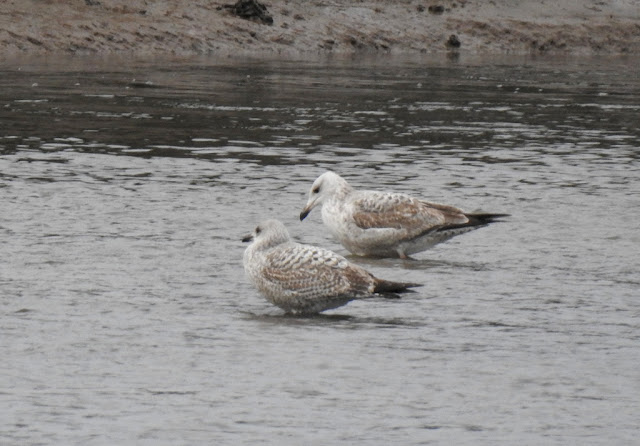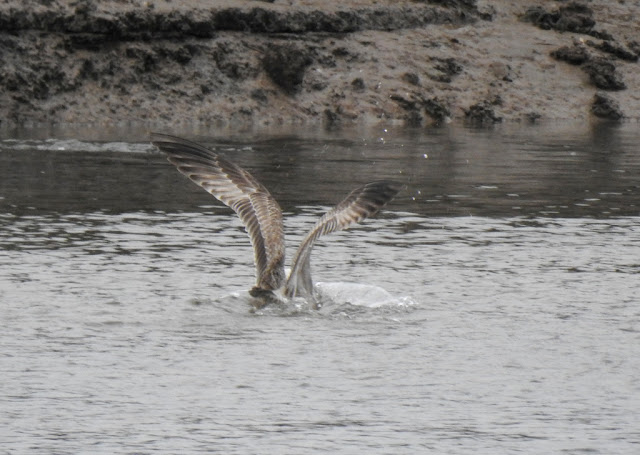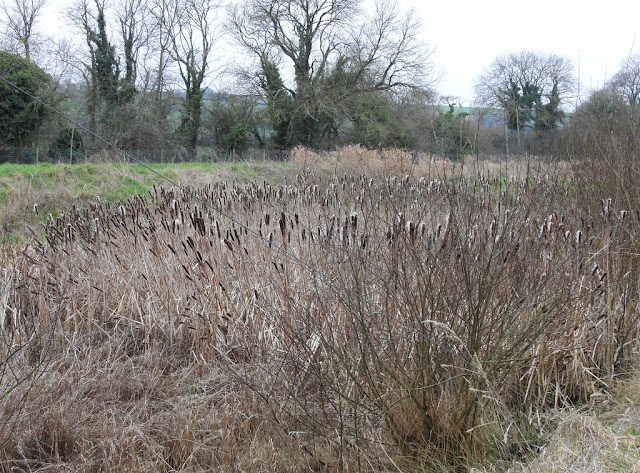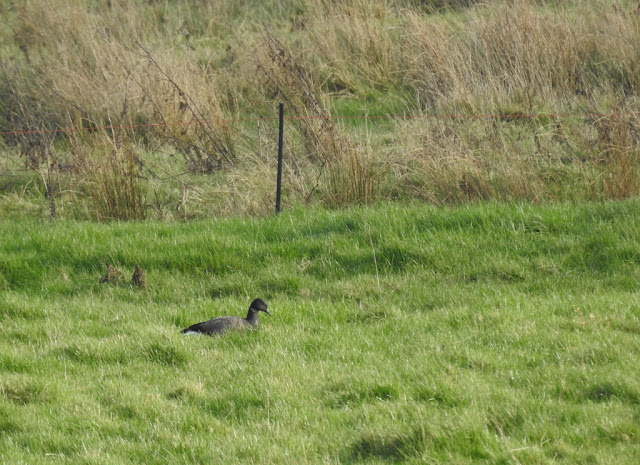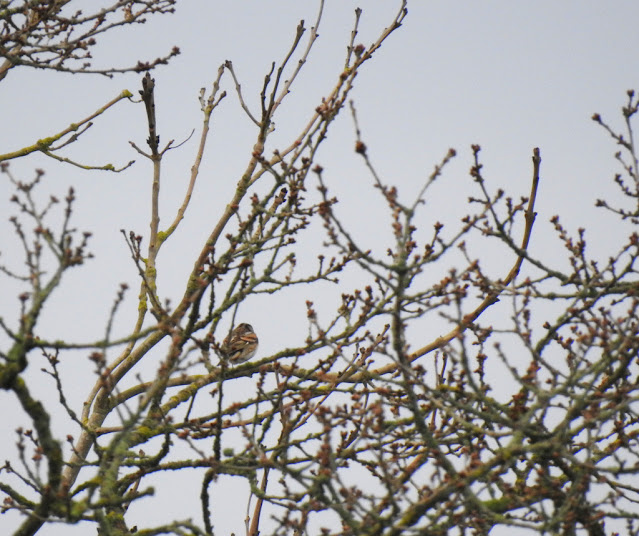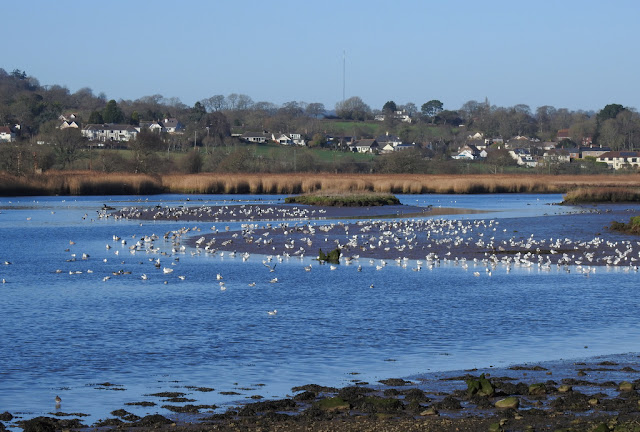Many years ago, in my first winter as a proper keen birder, I approached a
wizened old geezer at Wraysbury Gravel Pits and innocently enquired, 'Anything
about?'
He turned towards my friend Larry and me, paused for effect, and replied,
'Anything about? Anything about? Why, yes there is. That Song Thrush for example, and this nice flock
of Tufted Ducks...'
And so it went on. Clearly my question had pressed a button which engaged some
kind of 'bitter & twisted' mode and compelled him to lay into us for
lacking appreciation of everyday birds in our headlong rush for rare and
unusual. I must have been 22, and Larry I think still at school; this bloke
was much older, though looking back, probably younger than I am now. When he'd
said his piece, I explained how I'd only been birding a few months and come to
understand the question 'anything about?' to be essentially a greeting, one
birdwatcher to another, and an invitation to exchange sightings. In other words I
was a novice, and hadn't deserved that tirade. He did soften somewhat, and ended up telling us about a nearby Red-necked Grebe. Result. However,
mainly I remember the outburst...
My number one lesson from that day: Don't EVER be like wizened old geezer.
Another lesson from years ago. I was unsuccessfully twitching a
Collared Flycatcher in Kent one evening. There was a crowd, and it was all a bit fraught. A
handful of teeny birds high in the leafy canopy giving tantalising
half-glimpses, but just one of them super-rare. Concentration was vital. A passing member of the public asked
what all the fuss was about. With my eyes fixed above I sincerely hoped she
hadn't been asking me personally, and pretended I hadn't heard. And then I listened, slightly ashamed, as Geoff Burton politely explained how there was this rare bird called a
Collared Flycatcher, etc, etc...
My number one lesson from that day: Be more Geoff.
Sometimes when a birder asks if there's anything about, and you tell them
about the nice birds you've just seen, their reaction can seem rather
dismissive. Sure, they might not actually say, 'What?! Is that all? Why are
you telling me about that trivial rubbish?' but it feels like they do. Sad,
but it's their loss, isn't it?
This afternoon I tried the Puncknowle sewage works again. The
Chiffchaffs weren't on the filter beds at all this time, but in the
surrounding trees. Much trickier, but I did get a fairly brief look at the
Sibe Chiff again. At least two or three Goldcrests were nice
too, and perhaps the site will produce a Firecrest eventually. Still,
bird of the afternoon was up in one of the trees, with a handful of other
finches...

|
Female Brambling, tucked away a bit
|
I was dead jammy to pick it up, almost invisible among the branches. Very
satisfying though, and a nice result for scanning through the tree properly.
It did move around a bit later, and I got one more shot before it flew...
Had I chanced upon another birder shortly afterwards, and been asked if there
was anything about, I would have related my Brambling encounter of course. And
my tone would have betrayed the buzz I felt.
'Brambling? Oh, okay mate, yeah, seen millions this winter. They're everywhere
aren't they?'
'Er...no,' is what I would have thought but not said.
So, a pleasant hour, and I followed it up with a visit to West Bay...
At West Bay it's not uncommon for members of the public to notice you
peering around with bins and ask what you're doing. And I'm very glad of
those valuable lessons of long ago, because they help me to reply in a polite
and civil manner, instead of spitting out what's really in there:
'I'm looking for a poxy, stupid Purple Sandpiper, that's what!'
Which is exactly the bird I didn't see. Again.




















